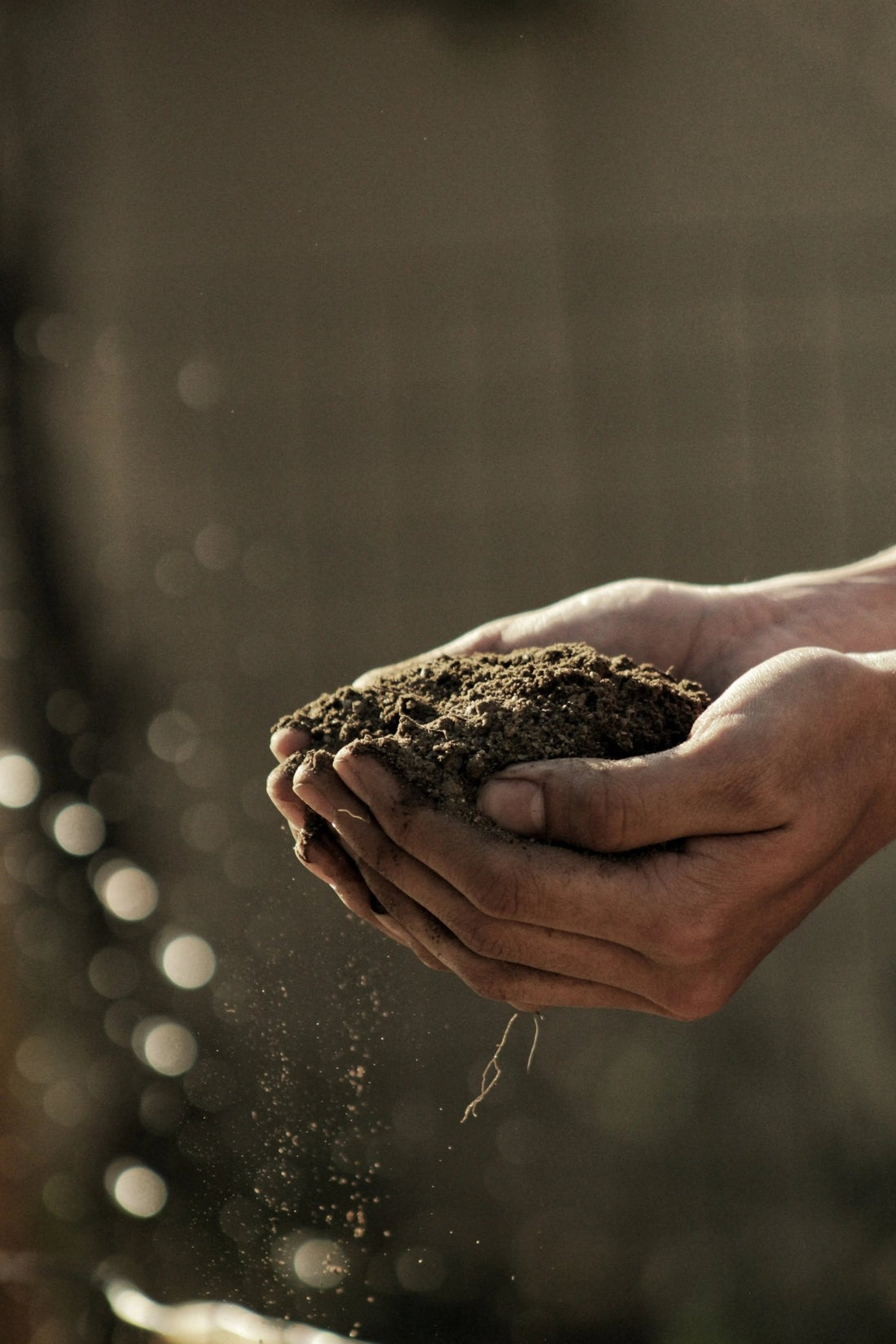
Soil Pollution: A Growing Threat to Fertility and the Insidious Role of Microplastics from Synthetic Fabric Washing
Share
Often overlooked yet vital for our survival, soils are facing an escalating threat—pollution. This insidious menace arises from various sources, including industrial waste and intensive agricultural practices, and includes the contamination by toxic chemicals. This pollution alters the chemical composition of the soil, jeopardizing the fertility crucial for plant growth and the sustenance of ecosystems.
Causes of Soil Pollution
Industrial activities often discharge toxic waste into the environment, contaminating soils with heavy metals, hydrocarbons, and other harmful chemicals. Similarly, modern agriculture frequently employs pesticides and chemical fertilizers that, while beneficial for increasing yields, leave behind toxic residues in the soil. Another emerging concern is the infiltration of microplastics into the soil, originating from polluted water sources.
Microplastics from Synthetic Fabric Washing: A Hidden Menace
In addition to traditional pollutants, a significant contributor to microplastic contamination in soils is the shedding of synthetic fibers from clothing during washing. Synthetic fabrics, such as polyester and nylon, release microscopic plastic particles into wastewater. These particles then find their way into the soil through contaminated water runoff, posing an additional and often overlooked threat to soil health.
Consequences on Nutrient Depletion
The impact of soil pollution on nutrient depletion is profound. Essential elements such as nitrogen, phosphorus, and potassium, vital for plant growth, are often depleted. This nutrient reduction directly affects agricultural yields, contributing to the global food security crisis. Moreover, beneficial microorganisms that maintain the biological balance of the soil often fall victim to toxic substances, disrupting the underground ecosystem.
Traces in Food: The Alarming Connection
What makes soil pollution even more alarming is the trace presence of these pollutants in our food. As plants absorb nutrients from the soil, they can also absorb contaminants such as heavy metals and microplastics. Studies have shown that microplastics, originating from synthetic fabric washing, can be taken up by plants and subsequently enter the food chain. This means that the very food we consume may carry traces of the pollutants present in the soil, posing potential health risks.
Solutions to Mitigate the Threat
Addressing soil pollution requires a multifaceted approach. Promoting sustainable agricultural practices, waste management, and the development of cleaner technologies are crucial steps. Additionally, educating the public about the dangers of soil pollution, including microplastic contamination from synthetic fabrics, is essential to fostering environmentally responsible behavior.
Conclusion
Preserving soil health is paramount for long-term environmental sustainability. The pollution of soils, compounded by the emerging threat of microplastics from synthetic fabric washing, jeopardizes global food production and ecosystem stability. Collaborative efforts between individuals, businesses, and governments are imperative to implement sustainable solutions. By safeguarding the richness of our soils, we can ensure a greener and more viable future for generations to come. It is time to act, not only to protect our soils but also to safeguard our planet from the far-reaching consequences of soil pollution and microplastic contamination.
Causes of Soil Pollution
Industrial activities often discharge toxic waste into the environment, contaminating soils with heavy metals, hydrocarbons, and other harmful chemicals. Similarly, modern agriculture frequently employs pesticides and chemical fertilizers that, while beneficial for increasing yields, leave behind toxic residues in the soil. Another emerging concern is the infiltration of microplastics into the soil, originating from polluted water sources.
Microplastics from Synthetic Fabric Washing: A Hidden Menace
In addition to traditional pollutants, a significant contributor to microplastic contamination in soils is the shedding of synthetic fibers from clothing during washing. Synthetic fabrics, such as polyester and nylon, release microscopic plastic particles into wastewater. These particles then find their way into the soil through contaminated water runoff, posing an additional and often overlooked threat to soil health.
Consequences on Nutrient Depletion
The impact of soil pollution on nutrient depletion is profound. Essential elements such as nitrogen, phosphorus, and potassium, vital for plant growth, are often depleted. This nutrient reduction directly affects agricultural yields, contributing to the global food security crisis. Moreover, beneficial microorganisms that maintain the biological balance of the soil often fall victim to toxic substances, disrupting the underground ecosystem.
Traces in Food: The Alarming Connection
What makes soil pollution even more alarming is the trace presence of these pollutants in our food. As plants absorb nutrients from the soil, they can also absorb contaminants such as heavy metals and microplastics. Studies have shown that microplastics, originating from synthetic fabric washing, can be taken up by plants and subsequently enter the food chain. This means that the very food we consume may carry traces of the pollutants present in the soil, posing potential health risks.
Solutions to Mitigate the Threat
Addressing soil pollution requires a multifaceted approach. Promoting sustainable agricultural practices, waste management, and the development of cleaner technologies are crucial steps. Additionally, educating the public about the dangers of soil pollution, including microplastic contamination from synthetic fabrics, is essential to fostering environmentally responsible behavior.
Conclusion
Preserving soil health is paramount for long-term environmental sustainability. The pollution of soils, compounded by the emerging threat of microplastics from synthetic fabric washing, jeopardizes global food production and ecosystem stability. Collaborative efforts between individuals, businesses, and governments are imperative to implement sustainable solutions. By safeguarding the richness of our soils, we can ensure a greener and more viable future for generations to come. It is time to act, not only to protect our soils but also to safeguard our planet from the far-reaching consequences of soil pollution and microplastic contamination.
